2.3: My SMART Goals
- Page ID
- 2402
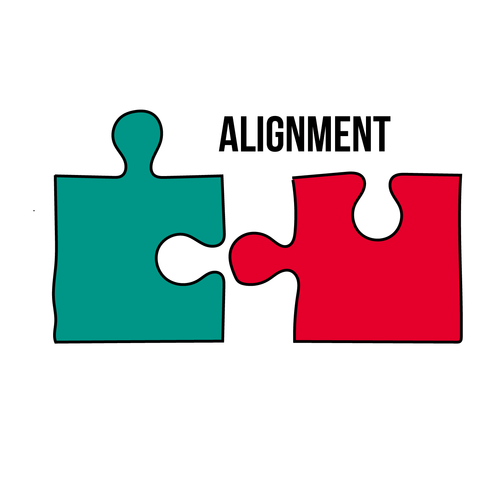
Wellness Guidelines
- Supports goal-setting skills around all eight (8) of the Wellness Guidelines.
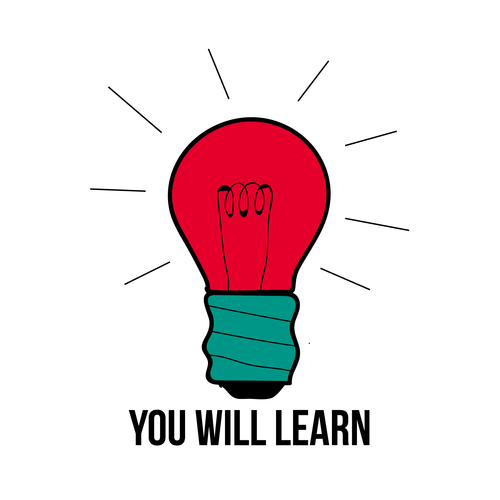
- What a SMART Goal is and how to create one based on your health behaviors.
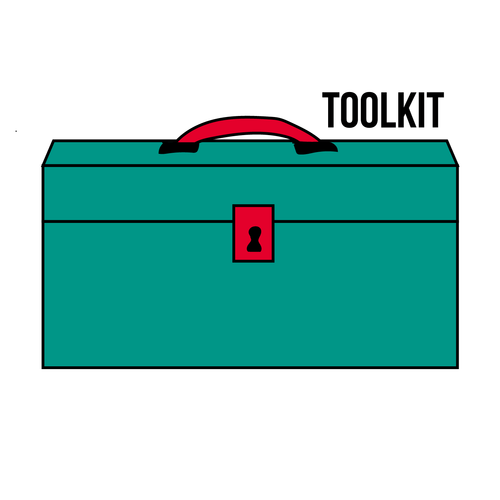
- Worksheets
- Slide presentation
- Participant Healthy Me Snapshot (if applicable)
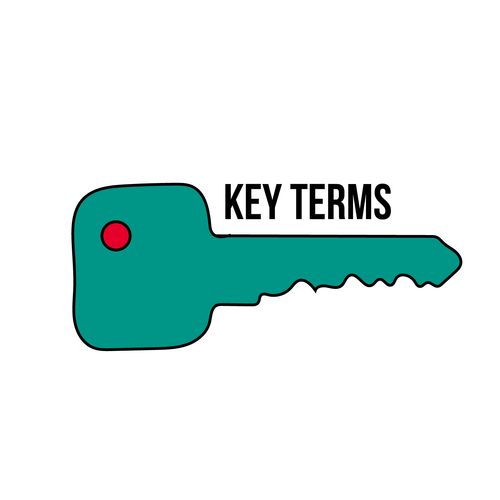
- Goal: Something that you are trying to do or achieve (Merriam-Webster Larner’s Dictionary, n.d.).
- SMART Goal: Goal setting acronym that stands for: “S” = specific; “M” = measurable; “A” = action oriented; “R” realistic; and “T” = timely.
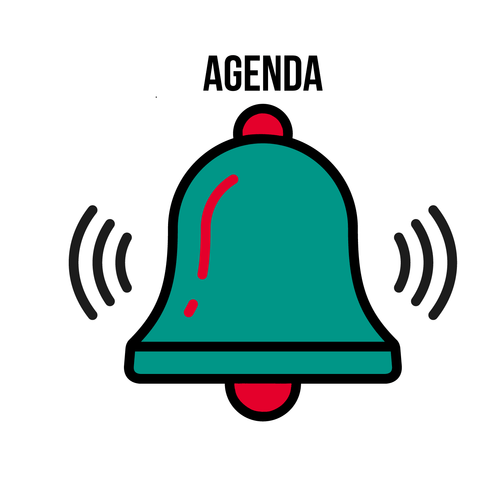
- Do Now
- SMART Goals
- Group Goal Setting
- Personal Goal Setting
- Exit Ticket
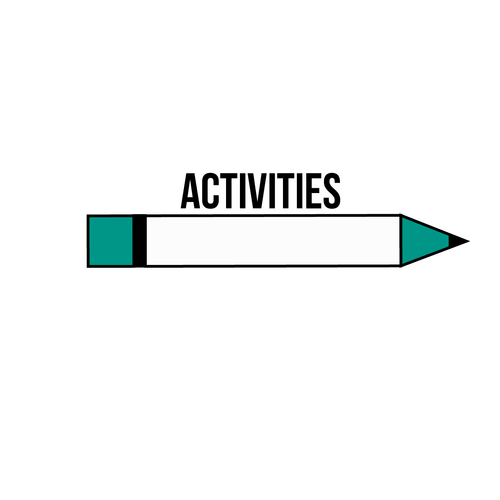
Do Now: What is a Goal?
- Instruction:
- Have participants answer the following question on a worksheet or by sharing out loud.
- What is an example of a goal you’ve set for yourself?
- Have participants answer the following question on a worksheet or by sharing out loud.
- Share:
- A goal is something that you are trying to do or achieve.
- Why did you decide to set a goal? What happened as a result of setting that goal? How did you feel working towards that goal? Did you reach it? If not, what were the challenges?
- An example goal that I’ve set before is _____________.
- Sometimes we set goals that, while important, are unachievable. You will be more likely to succeed if you set a goal that is SMART.
Good to Know: SMART Goals
- Instruction:
- Explain what SMART means by referring to the worksheet.
- Share:
- Now let's review what S-M-A-R-T means.
- Specific: What activity are you planning on doing? Ex: I am going to eat breakfast
- Measurable: How often are you completing the activity or action? Ex: I am going to eat breakfast twice a week.
- Action-Oriented: What steps will be taken to complete the activity? Ex: I am going to make a smoothie bowl with yogurt, granola, berries and spinach twice a week.
- Realistic: Do you have access to the materials or resources you need to do this activity? Ex: Do I have a blender, and can I easily get fruit, veggies and a container? YES!
- Timely: For how long will you work on your goal? Ex: I will measure my progress for drinking smoothies twice a week for breakfast at the end of the semester.
Real World Relevance: Group Goal Setting
- Instruction:
- Select one scenario below to show how to create a SMART Goal with the entire group.
- Share:
- Kyle and Yumi typically eat lunch together at work.
- Recently, Kyle started going to lunch with a new co-worker, Dana, and hasn't been inviting Yumi.
- Yumi isn't sure if she has done something to upset Kyle or if Kyle just don't want to eat lunch with her all the time. But Yumi avoids confrontation at all costs, so she hasn’t asked Kyle about the change in their lunch plans.
- After a few weeks, Yumi begins to feel jealous of Dana and is uncomfortable because Dana really hasn’t done anything to Yumi.
- One day Yumi is asked to lunch by Dana and Kyle, but Yumi refuses.
- Dana looks hurt, and Kyle just says, "Okay see you later." Yumi now feels angry and says, “I don’t think so.” She walks away hurt.
- Kyle doesn't respond and ignores her the rest of the day.
- At the end of the day, Yumi marches over to Kyle's desk and tells Kyle off.
- Which guideline do you think Yumi needs to focus on? Increase conflict resolution skills.
- What is the benefit of setting a SMART Goal? Healthier relationships, less stress, and more enjoyable experiences with close ones. What SMART goal could Yumi create?
- S: Yumi will think about conflicts before responding.
- M: Yumi will think about the conflict for one (1) day.
- A: Yumi will talk about the conflict with one (1) other person.
- R: Yumi does have friends or family to turn to for support.
- T: Yumi will respond to conflicts this way for the rest of the time she works with Kyle.
- Entire SMART Goal: Yumi will think about conflicts for one (1) day and talk about the conflict with one (1) other person before responding for the rest of the time she works with Kyle.
- Share:
- Lee is a sophomore in college.
- Lee does not like being involved in any after school activities. Instead, he likes to go home, watch TV, and snack on potato chips and pizza.
- Lee’s housemate Sharon, is worried about him since he has lost interest in many of her activities.
- Which guideline comes to mind that Lee needs to focus on? Reduce sedentary behavior time.
- What is the benefit of setting a SMART Goal? Lee could have more energy, boost her happiness and enthusiasm and feel more productive. What SMART goal could Lee create?
- S: Lee will join an exercise class.
- M: Lee will go to exercise class three (3) times a week
- A: Lee will go to exercise class and practice at home too.
- R: Lee’s school offers physical activity classes with all the appropriate equipment/gear
- T: Lee will join an exercise class through the end of the school year
- Entire SMART Goal: Lee will join an exercise class three (3) times a week through the end of the school year.
- Share:
- Sam always wakes up late and rushes to get ready for work.
- She rarely eats breakfasts. Sometimes, she makes a quick stop at the coffee shop near her house and grabs a coffee and pastry to go.
- By the time she gets to work, she feels very tired and is unable to concentrate.
- Sam’s boss pulls her aside one day and shares that she is concerned about the quality of Sam’s work and her lack of motivation. She puts Sam on a professional improvement plan for two months and tells her they will meet once a week to monitor her progress.
- Which guideline comes to mind that Sam needs to focus on? Increase frequency of breakfast consumption.
- What is the benefit of setting this SMART goal? Sam will get more sleep and a better head start in the morning, and as a result, will be able to concentrate more at work, produce high quality work, and avoid being fired. What SMART goal could Sam create?
- S: Sam will eat high-protein breakfast meals, such as scrambled eggs and a slice of whole wheat bread.
- M: Sam will wake up on time and eat breakfast five (5) times a week.
- A: Sam will prepare high protein breakfast meals on Sunday for the entire week and set her alarm each night. Sam will buy food containers for breakfast meal prep to bring with her if she can't eat at home.
- R: Sam likes to cook and has time on Sunday evenings to prepare the breakfast meals for the week.
- T: Sam will do this for two (2) months.
- Entire SMART Goal: Sam will set her alarm each evening and prepare breakfast meals on Sundays to ensure she wakes up on time to eats high-protein breakfast five (5) times a week for two (2) months.
Hands On: Personal Goal Setting
- Instruction:
- Hand out or ask participants to retrieve their Healthy Me Snapshots (if applicable).
- Discuss the Healthy Me feedback report with participants. Explain that the report was generated based on their responses to the previously administered Healthy Me Snapshot survey. Refer to the chart below for the rating scheme used in the feedback report.
|
Emoji Symbol |
Meaning |
|
Relieved Face Emoji
|
Meeting guideline expectations |
|
Thinking Face Emoji
|
Partially meeting guideline expectations |
|
Anguished Face Emoji
|
Not meeting guideline expectations |
- Have participants identify one (1) area for improvement to address with a SMART goal. The feedback report may be helpful, but participants shouldn’t feel that it’s a mandatory part of their decision.
- Review the eight (8) Wellness Guidelines and display on the board, projector or wall for the group to see.
- Participants can break into think-pair-share groups or work individually on developing a personal SMART Goal.
- Walk around to assist participants in SMART Goal creation.
- Worksheets are completed and turned in to facilitator; facilitator will make copies and return one (1) copy to the participants in next lesson and keep the other.
- Share:
- Remember that Healthy Me Survey you took to get your Healthy Me Snapshot about your health behaviors?
- Today we will use your Healthy Me Snapshot to create your own SMART Goal. Let’s revisit the eight (8) guidelines we reviewed earlier. Which of these guidelines do you think you need to work on the most?
- Decrease sugary beverage consumption
- Increase frequency of breakfast consumption
- Increase fruit and vegetable consumption
- Decrease fast food consumption
- Increase frequency of physical activity
- Decrease sedentary behavior
- Increase conflict resolution skills
- Decrease negative perception of challenges
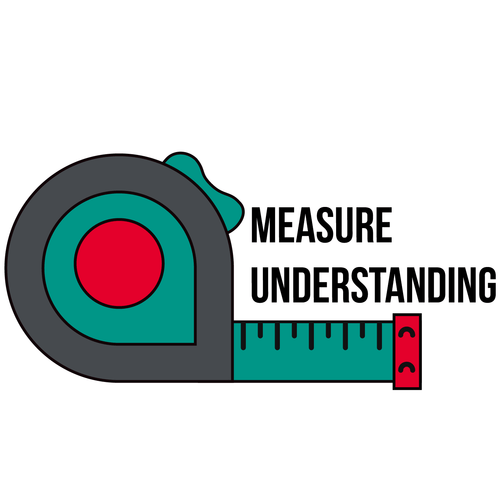
Exit Ticket:
- Instruction:
- Have participants write on their worksheet or answer the following question(s) out loud.
- What SMART goal did you set for yourself?
- What is the first step you will take this week to reach that goal?
- Have participants write on their worksheet or answer the following question(s) out loud.
Bibliography
- Merriam-Webster Learner’s Dictionary. (n.d.) Goal. Retrieved From: http://www.learnersdictionary.com/definition/goal

Check out a coordinator teaching this lesson: https://www.youtube.com/watch?v=u8wURKFQLUM&index=1&list=PLY05JxZoSB3sZBu8Z96PQXNRKEPyCIB4P
This lesson was created in partnership with Albert Einstein College of Medicine Department of Epidemiology and Population Health with funding support by the National Institutes of Health NIDDK Grant R01DK097096.




